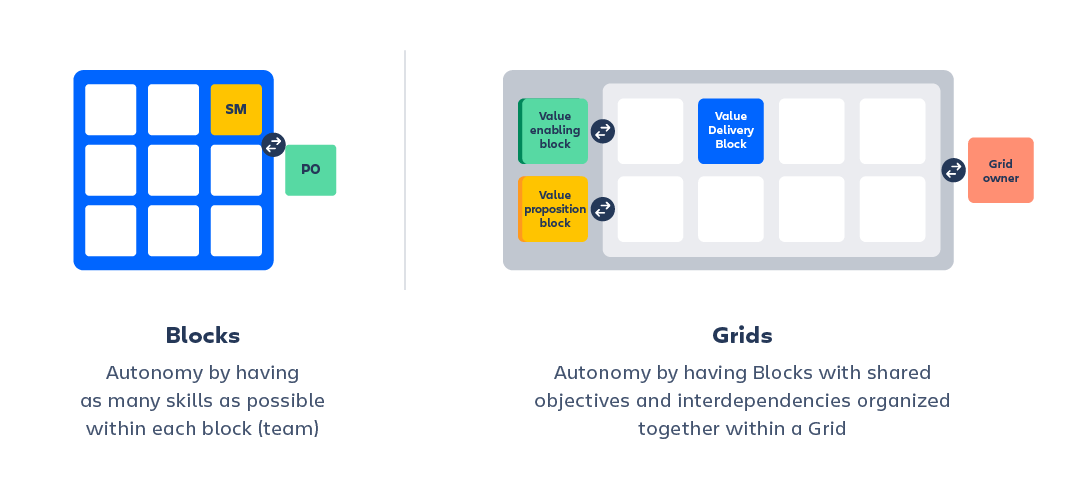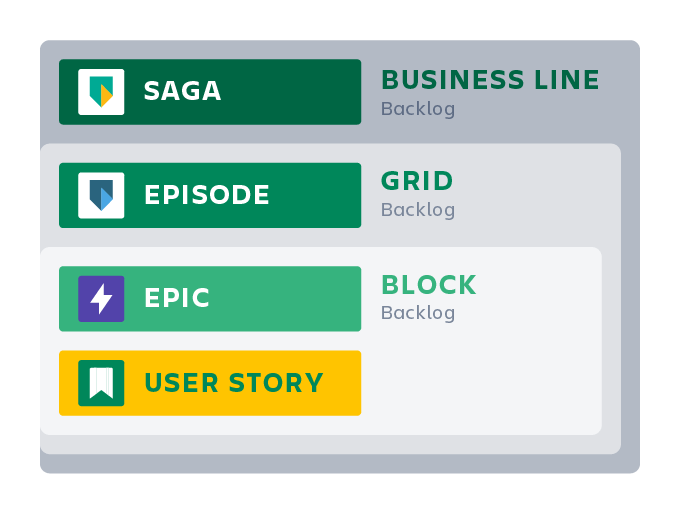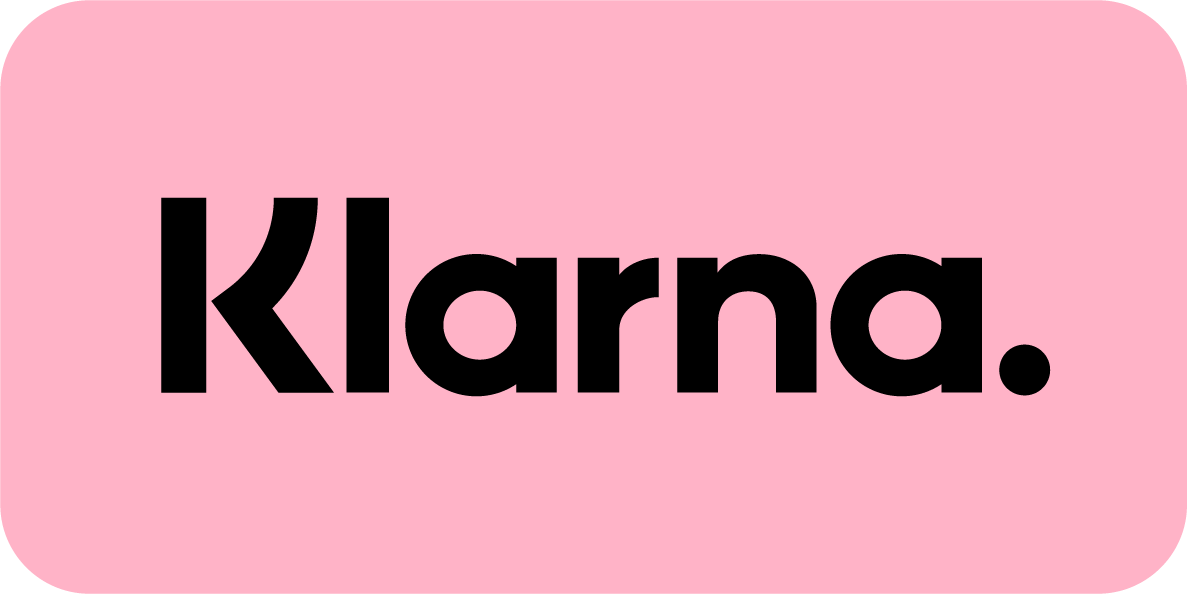ABN AMRO + Atlassian
ABN AMRO used Portfolio for Jira to restructure its teams for an agile transformation

Industry
Financial Services
Location
Amsterdam, Netherlands
Number of Users
20,000
Products
Webinar
Share Page
ABN AMRO, a Dutch bank that employs over 20,000 people, began using Jira in 2011 to manage their engineering team’s workflow. Adoption of the tool spread organically and quickly. The result: an emergence of multiple Jira instances that included 65 administrators, 70 issues types, 500 unique statuses, and over 800 workflows.
Almost a decade later, the bank consolidated their Jira instances into Data Center to reduce downtime and simplify their decision to undergo an agile transformation across the business in support of the evolving needs of their customers. But like for any enterprise of their size, growing pains abounded.
In the move to agile practices, there were core issues surrounding the organizational structure and complexity of ABN AMRO’s Jira Data Center instance. “Scaling agile across 400 teams presented a lack of flexibility between teams, while conflicting agile ideologies, tools, and processes were still present even with the bulk of workflow happening through Jira,” says Rik de Valk, Atlassian Product Owner at ABN AMRO.
Plus, the size and scope of the instance meant that there was no clear way to look at work across multiple teams or projects, or understand how it tied together to meet the company’s strategic goals. Poor flexibility and visibly resulted in conflicting information.
Rik and his business associate, Dennis Struis, took a step back to audit their processes. After a year of holding the company’s workflow against proven industry best practices for scaling agile, they landed on a path forward that required an organizational rework and the use of Portfolio for Jira.
Reorganizing teams at scale with Portfolio for Jira
Rik and Dennis knew they needed a dedicated team to influence real change. So, they started by building a leadership team with stakeholders from across the company. This team of product owners, scrum masters, and Jira champions became responsible for the configuration and implementation of Jira and Portfolio for Jira for the entire company.
First, they tackled the organizational chart, devising a “block” and “grid” approach to teamwork. The company defines a block as an agile team (nine people max) that contains every skill necessary to autonomously deliver value to the bank’s customers. Blocks - sometimes referred to as “squads” - are rendered in Jira as projects.
ABN AMRO’s reorganization has scaled to 5,000 engineers working in 450 blocks, within 50 grids, along 5 business lines. Agile, that scales.
Multiple blocks are clustered into grids with shared business objectives and related capabilities, represented in Jira by project categories. Grids - sometimes referred to as “tribes”- are designated to a “business line.” Each business line has its own objectives and client segments, but they’re all undergirded by shared IT support systems. For example, a “mortgages” grid would be designated to the “Retail Banking” business line. ABN AMRO’s reorganization has scaled to 5,000 engineers working in 450 blocks, within 50 grids, along 5 business lines. Agile, that scales.

Portfolio plans allow ABN AMRO to see the whole picture
While Dennis, Rik, and their stakeholder team had found a structure that would support agile work within teams, they needed to plan and track initiatives that would span across multiple blocks and grids. So they developed custom hierarchy levels in Portfolio for Jira above the classic epic and user stories of Jira that would reflect the shared business goals of multiple blocks or grids.
A small team gathered together to choose a naming convention that utilized the most encompassing “story-like” term possible to describe these new levels. ABN AMRO runs user stories and epics, along with what they now call “episodes” and “sagas.” An episode lives on a grid backlog and is owned by the grid owner. A saga is an initiative that requires multiple grids to cooperate to achieve its objectives. Sagas live on a business line backlog and are owned by the business line.
In this hierarchy, a grid translates its strategy into objectives and defines the episodes required to achieve them. On the grid backlog in Jira, product owners can create, refine, prioritize, plan and track their episodes. All of these backlogs – of the grid and all the blocks within a grid – come together in a Portfolio plan.
Portfolio plans visualize what the blocks within a grid are working on, what’s backlogged, and how each block’s work relates to each other, and ultimately creates transparency within blocks, grids, and business lines.

ABN AMRO’s agile framework in action
The ability to quickly and effectively break down high-level business goals into actionable items for managers and teams is critical to the success of large companies like ABN AMRO. Thanks to the flexibility of ABN AMRO’s saga and episode categories in Portfolio, the company is better prepared to tackle important business initiatives. One saga within ABN AMRO is a mandated compliance change called IBANnext, which ensures that the bank is compliant with international banking standards.
The goal of this saga is to ensure that by the end of 2019 ABN AMRO can create their own IBAN for new clients. This change is critical to the success of the company, and impacts systems across 100 blocks and within 24 grids over the span of 1.5 years.
Once all involved grid owners had been informed about the IBANnext saga and understood the impact for their respective grids, they created episodes on their backlogs. Next, they reviewed the episodes with product owners to determine how the product roadmap would be affected. Because of the strength of the systems they set up through Portfolio, the bank was able to break-down this important business objective into actionable items for grid and block leaders, reducing complexity while maintaining impact.
Portfolio for Jira has helped guide ABN AMRO's agile transformation
Since its adoption, Portfolio for Jira has aided ABN AMRO in creating a structure that allows product owners and managers to facilitate work across multiple teams and at multiple levels. This agile transformation has allowed ABN AMRO to prepare for its future, creating greater transparency across the company and allowing teams to excel in their quest to offer innovative banking services to customers.
Plan for the future in an agile world. Try Portfolio for Jira Data Center for free!
As the need for more transparency and collaboration grew throughout the organization, the team managing business tools realized that Atlassian products were in line with the Bank’s ambition and worked quickly to get a plan for scale in place.

Sweden-based Klarna provides payment services for online businesses and has made an art of simplifying the purchasing process.